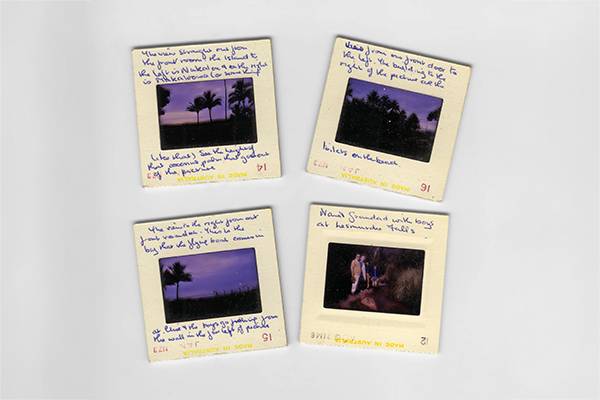Posts

When managing a website, it’s important to understand how users interact with websites in general. One principle that can improve your website’s usability is Jakob’s Law. In this post, we’ll explore Jakob’s Law, provide some examples, and share practical tips for incorporating this principle on your website.

Let's take a closer look at image accessibility, focusing on how to make web content more inclusive by using alternative text, more commonly referred to as "alt text." Whether you're a developer, content editor, or digital designer, understanding how to write meaningful alt text can significantly improve the user experience for people who rely on screen readers.

When it comes to creating a compelling web experience, visuals are far more than decoration – they are a powerful tool for communication, engagement, and brand identity. Whether you're building a blog, designing a landing page, or creating an online resource, the right image can grab attention, instantly convey meaning, and leave a lasting impression.


